Explore persuasive language devices with your students using this detailed and age-appropriate slideshow perfect for your persuasive writing unit.
Ten Persuasive Language Devices to Explore
Teaching persuasive writing this term? If you’re looking to brush up your students’ knowledge of the most common persuasive language devices and their effects, this teaching slide deck is for you! This comprehensive presentation has been crafted by our experienced team of teachers to demystify these key writing techniques and illuminate their impactful role in the art of persuasion!
This 29-slide teaching presentation will help you explain the most common persuasive language devices and their effects to your students. It provides a definition and an example of each device to teach your students what they need to know about how these valuable writing techniques can be used to convince audiences to agree with a particular viewpoint.
The slide deck begins by explaining what persuasive devices are and why they are valuable tools when it comes to writing persuasive texts. The presentation then addresses the following persuasive language devices in comprehensive detail:
- Inclusive language
- Emotive language
- Modal language
- Rhetorical questions
- Repetition
- Alliteration
- Simile and metaphor
- Hyperbole
- The rule of three
- Evidence
The slideshow includes two review activities to make sure your students understand the purpose of each of the persuasive language features covered. Answers to these review questions are also included.
Through engaging with this resource, your students will be able to identify the most common persuasive language devices and how these make it easier to persuade an audience to agree with a particular viewpoint.
Using This Persuasive Devices Presentation in Your Classroom
This slide deck makes an excellent starting point when it comes to teaching your students about the most common persuasive language devices that can be found in persuasive texts. Due to the amount of information contained in the presentation, we recommend covering the content over several lessons. This will enable you to explore each device in greater depth.
As you work through the slide deck as a class, we encourage you to stop and discuss each persuasive language device in further detail. Have your students come up with their own example of each device, then have students discuss how persuaded they are by each example. The more practice your students have developing examples of these devices, the better!
Download This Persuasive Language Devices Slideshow
This slideshow downloads as either a Microsoft PowerPoint or Google Slides presentation. Use the dropdown menu on the Download button to access your preferred version. (Note: You will be prompted to make a copy of the Google Slides presentation before accessing it.)
Project the resource onto your screen and work through the slides as a class for a paperless English lesson!
More Resources Targeting Persuasive Devices
Looking for more resources to support your teaching of persuasive text features? Great news! We have many more teacher-created, curriculum-aligned resources available!
[resource:5045250] [resource:17935] [resource:199826]
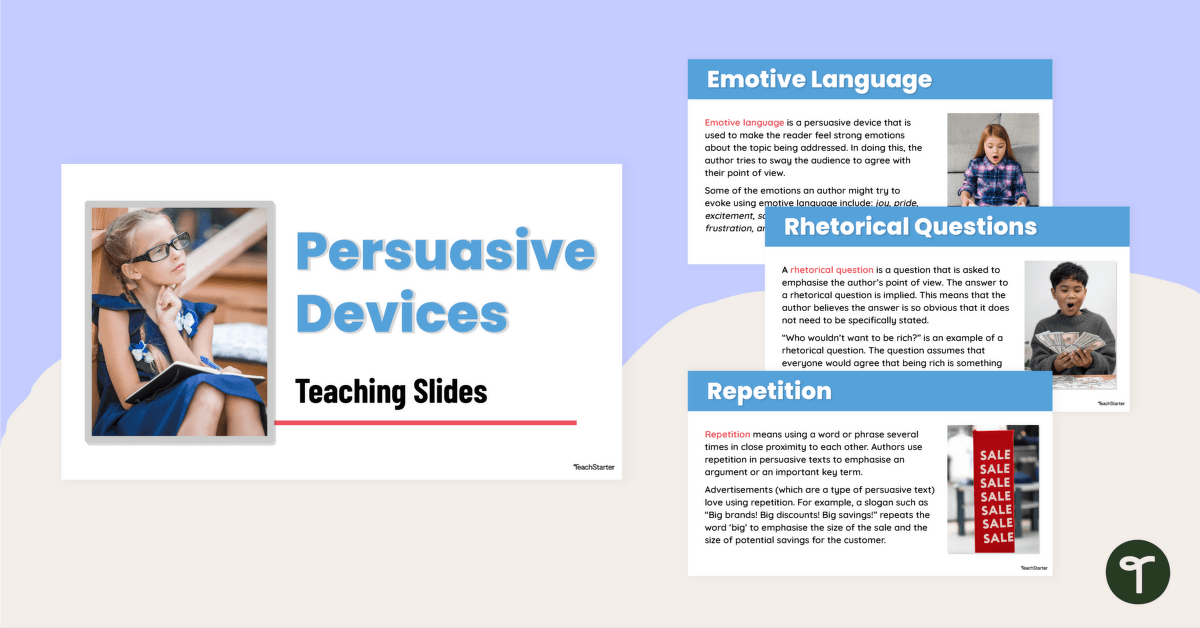


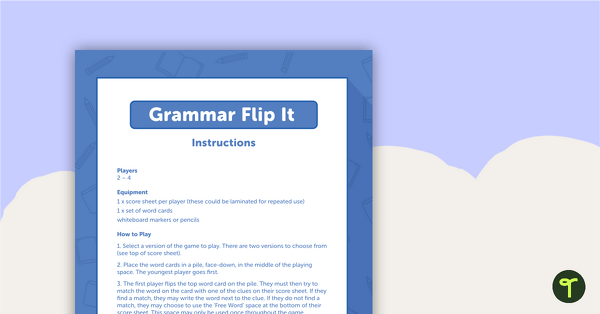
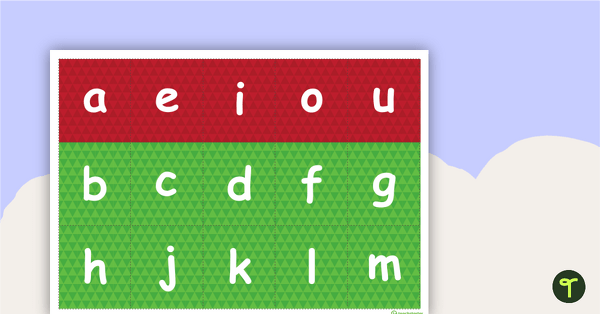

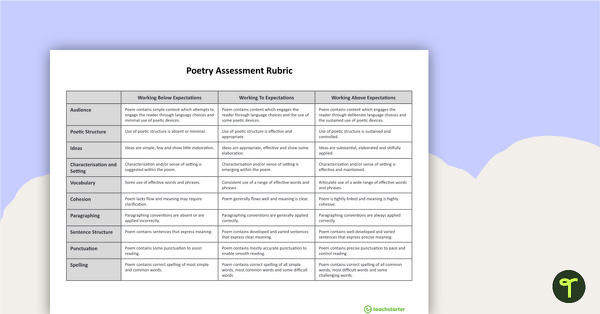
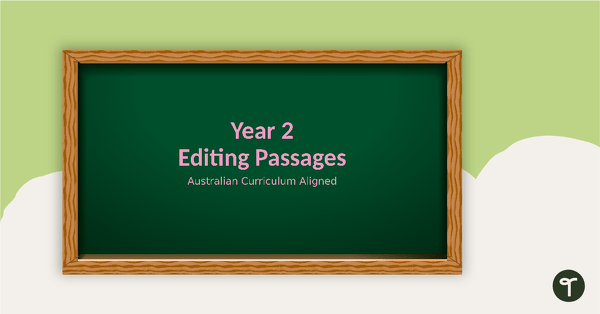
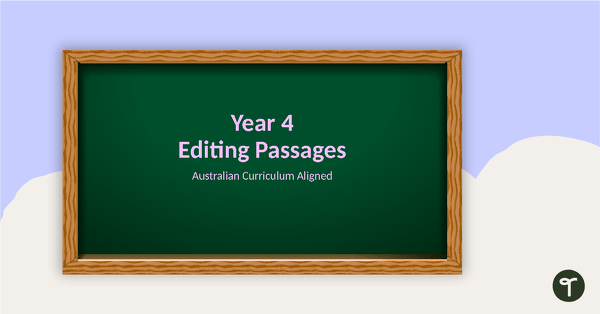

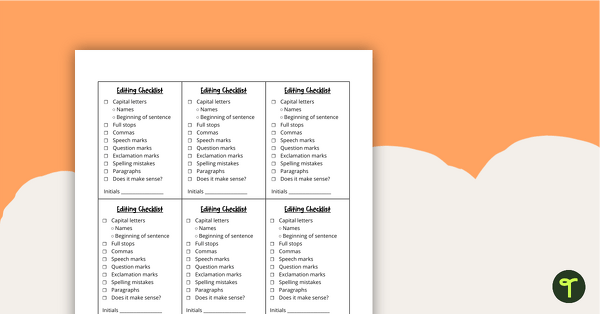
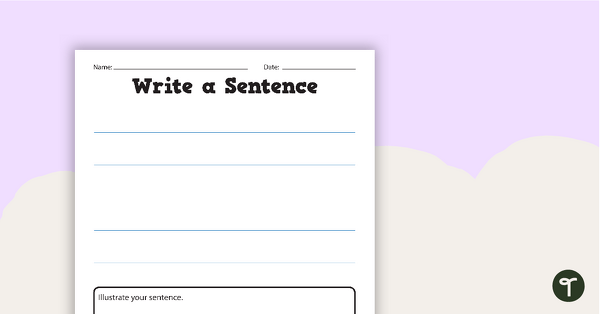
0 Comments
Write a review to help other teachers and parents like yourself. If you'd like to request a change to this resource, or report an error, select the corresponding tab above.